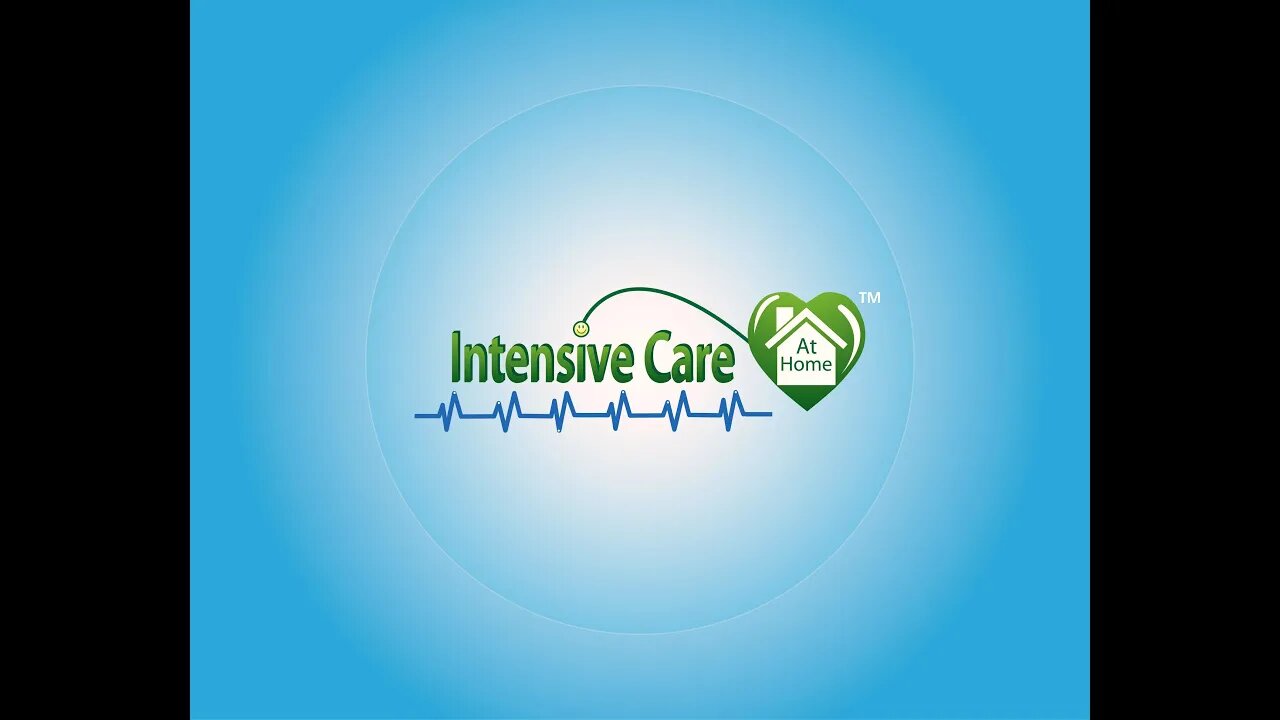Premium Only Content

Can You be Discharged Home from Hospital with Ventilator, Tracheostomy and Feeding Tube?
Can You be Discharged Home from Hospital with Ventilator, Tracheostomy and Feeding Tube?
Book your free 15-minute phone consultation here
http://intensivecarehotline.com/scheduling-appointment/
Call directly 24/7
+1 415-915-0090 USA/Canada
+44 118 324 3018 UK
+6141 094 2230 Australia
Email [email protected]
Get 1:1 consulting and advocacy
1:1 phone counselling
http://intensivecarehotline.com/one-on-one-counselling/
Become a member for families of critically ill Patients in Intensive Care
https://intensivecarehotline.com/intensivecaresupport-org-membership/
Immediate action steps http://intensivecarehotline.com/take-control-take-charge/immediate-action-steps/
https://intensivecareathome.com
And if you need a medical record review, click on the link and we can help you with reviewing your loved one’s medical records while they’re in ICU.
https://intensivecarehotline.thrivecart.com/review-of-medical-records/
Facebook Page: https://www.facebook.com/ICUhotline
Twitter: https://twitter.com/icuhotline
#icu
#intensivecare
#criticalcare
In this week’s blog I want to answer a question that we get quite frequently from our readers and also clients
Can you be discharged home from hospital with ventilator, tracheostomy and feeding tube?
Many families in intensive care have loved ones in ICU/PICU with long-term ventilation and tracheostomy requirements.
Their loved ones usually experience either difficulties, delays or complete failure in weaning off the ventilator and tracheostomy.
What are the reasons for mechanical ventilation and tracheostomy?
Causes of admission to ICU/PICU for mechanical ventilation and tracheostomy are: acute respiratory failure with underlying chronic co-morbidities 176 (24.4%); exacerbation of Chronic Obstructive Pulmonary Disease 222 (34.4%); neuromuscular diseases 200 (27.8%) (i.e. Guillan Barre syndrome, Motor neuron disease or MND); surgical patients 77 (10.7%); thoracic dysmorphism 28 (3.8%); obstructive sleep apnea syndrome 16 (2.2%). Percutaneous tracheostomies were 65.9%. Major complications after tracheostomy were 2%. 427 tracheostomies were evaluated for decannulation: 96 (22.5%) were closed; 175 patients (41%) were discharged with home mechanical ventilation; 114 patients (26.5%) maintained the tracheostomy despite weaning from mechanical ventilation and 42 patients (10%) died or lost.
Reference: https://www.ncbi.nlm.nih.gov/pubmed/20122822 Tracheostomy in patients with long-term mechanical ventilation: a survey.
Further to this reference above, what leads to prolonged mechanical ventilation, tracheostomy and then the ability to wean a critically ill Patient off the ventilator eventually are the inability to wean somebody off the ventilator.
This often begins with prolonged induced coma, intubation (insertion of the breathing tube), breathing tube/endotracheal tube and the failure to extubate (removal and the breathing tube).
Generally speaking intubation for respiratory failure leads to induced coma, mechanical ventilation and this also goes hand in hand with a nasogastric tube (NG tube) for feeding.
Again, if weaning off the ventilator and the breathing tube (extubation) can’t be achieved, the next step is to perform a tracheostomy!
When is the right time to perform a tracheostomy?
Here are some articles and videos for you to answer that question
How Long Can A Breathing Tube Or An Endotracheal Tube Can Stay In?
HOW LONG SHOULD A PATIENT BE ON A VENTILATOR BEFORE HAVING A TRACHEOSTOMY?
WHAT ARE THE RISKS AND BENEFITS OF A TRACHEOSTOMY?
Why Would A Critically Ill Patient In An Induced Coma Need A Tracheostomy In Intensive Care?
When a tracheostomy is done, a PEG tube or feeding tube also known as gastrostomy is done as well.
A PEG is a permanent feeding tube through the abdominal wall into the stomach.
Nevertheless it is often doctors and family preference whether a PEG tube is inserted or a nasogastric feeding tube is left in place to continue feeding.
Anybody on a ventilator with either a breathing tube or tracheostomy is unable to eat orally, hence the nasogastric feeding tube or the PEG feeding tube.
In either case with a tracheostomy, mechanical ventilation and feeding tube a patient can definitely be discharged home with a service like intensive care at home.
Mechanical ventilation, tracheostomy and feeding tube is definitely not an obstacle for intensive home care...
Continue reading at: https://intensivecareathome.com/can-you-be-discharged-from-hospital-with-ventilator-tracheostomy-and-feeding-tube/
-
 16:46
16:46
Intensive Care at Home
10 days agoThe Life-Saving Difference: Why Continuous ICU Nursing is Essential for Home Mechanical Ventilation
31 -
 13:51
13:51
Chrissy Clark
4 hours agoIs It Too Soon For “Another Charlie Kirk”?
2362 -
 LIVE
LIVE
StoneMountain64
5 hours agoBF6 Full Release Gameplay Review - I have been playing EARLY
282 watching -
 30:30
30:30
The HotSeat
3 hours agoTrump "The Peacemaker", Unless You're Antifa!!!
5.05K13 -
 1:28:11
1:28:11
Sean Unpaved
5 hours agoSnap Counts & Showdowns: Hunter's Usage, CFB Fire, & Playoff Baseball Bonanza
86.2K3 -
 56:09
56:09
Steven Crowder
7 hours agoBlack Fatigue is Real and I Told Them Why | Black & White on the Gray Issues
365K1.55K -
 3:52
3:52
Michael Heaver
4 hours agoItaly Issues Bombshell Ban ALERT
11.5K19 -
 1:10:24
1:10:24
Simply Bitcoin
5 hours ago $5.65 earnedLEAKED CONVERSATION: US SECRET Bitcoin Plan EXPOSED?! | EP 1350
37.7K5 -
 3:36:42
3:36:42
Barry Cunningham
17 hours agoBREAKING NEWS: PRESIDENT TRUMP HOSTS FULL CABINET MEETING!
49.7K17 -
 1:59:05
1:59:05
The Charlie Kirk Show
5 hours agoTurning Point Halftime + Antifa Panel Aftermath + Right-Wing Taylor Swift? |Patrick, Cuomo|10.9.2025
105K53